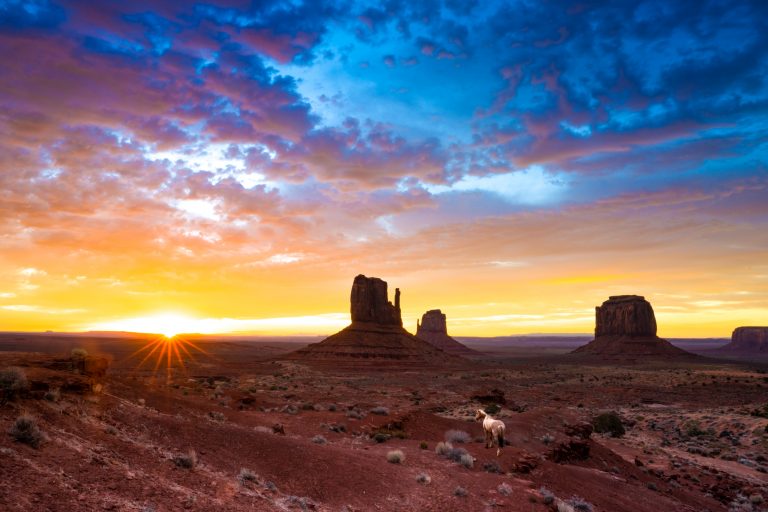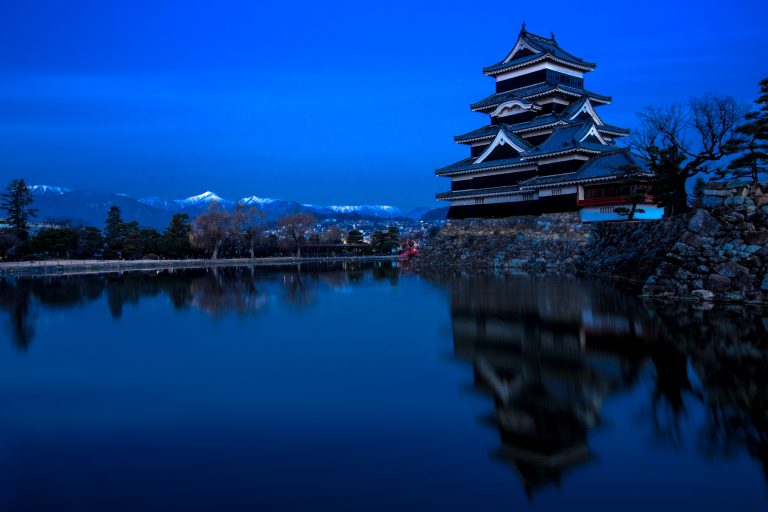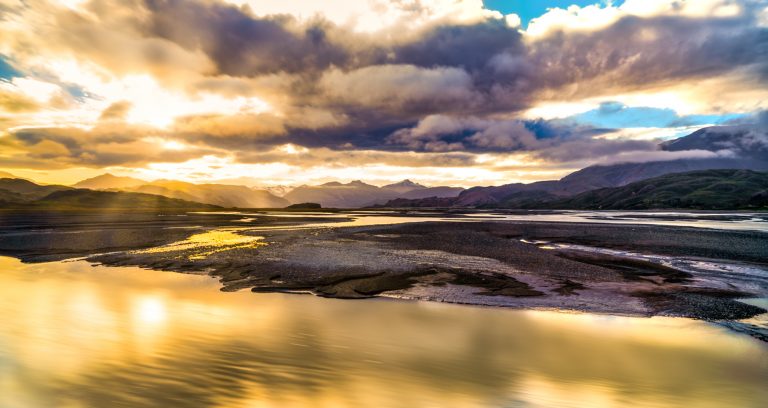A few years ago, we drove 4 hours to Chico, California, to witness our first (technically, second, but I was too young to remember the first one) solar eclipse. That was an annular – where the Moon does align completely with the Sun, but it is a little closer to the Earth, resulting in a ring of sunlight all around. That was spectacular, and an unforgettable experience.
Until this Monday.
This article in Forbes captures exactly what we all went through – I cannot describe the experience any better. I encourage everyone – those who have witnessed it and those who haven’t – to go ahead and read it. But there are a few sentences I would like to lift straight from the article –
“There’s nothing on Earth like a total solar eclipse. It’s been said that on a scale of 1 to 10, a partial eclipse is a 5, while an annular eclipse is a 9.”
So you would think that having seen an annular 3 years ago, the Total would probably be a 10. What could be different? A little more darkness? But –
“… if a partial is a 5 and an annular is a 9, then a total eclipse must be 1,000,000.”
We were in for a completely different experience. And now I can say I truly understand why Eclipse Watchers are addicted to these, flying across the globe to catch Totalities. The duration of Totality itself was 100x more fleeting than one could have imagined. Again, from the Forbes article –
“Despite all my best plans and preparations, the two minutes went by in what seemed like 30 seconds, and then it was all over.”
Should I keep snapping up this fleeting moment through my zoom mounted on the tripod? Should I capture the insanity of a 360 degree sunset (in reality, it’s only in the west – something that looks awfully unnatural during Totality)? Should we take a selfie? A video? A time-lapse? 3D/VR panoramas? Technology has made our life unnecessarily complex.
By the time I could complete the thought process described above, and stare amazed at the eclipse, naked-eyed, while keeping my hands on the camera shutter, it was all over. It was time to put those solar glasses back on again as soon as the diamond ring flashed before us.
It had taken us a comfortable 2 days to drive up to Madras, Oregon. Leading up to the Monday of the eclipse, there were dire reports of bad weather. Coastal Oregon was supposed to be fog-ridden, probably burning away just in time for the show. And central to eastern Oregon was under a thick haze of smoke from multiple forest fires – waiting for a breeze to blow them away. It was so thick that we couldn’t see Mount Shasta from the town of Mount Shasta. A massive volcanic peak had disappeared into the smoke!
The evening before the eclipse (Sunday evening), the fire smoke had become thicker, turning the sky deep orange, and the sun blood red even at 4pm and the sun was 45 degrees above the horizon. As we walked around Bend, looking at all the craziness related to the eclipse (eclipse specific t-shirts, eclipse “flavored” menu items at restaurants, and eclipse themed decorations were everywhere), one couldn’t help thinking that the 8 hours drive up north could be a complete waste.

While driving north on Monday morning from Sunriver (it was an easy 1 hour drive at 7 am), the thick smoke had largely cleared up. We saw people lining up all the side streets and country roads, squatting on pre-booked camping space rented out by Oregon farmers out to make a quick buck, and filling up every inch of space in every state park or BLM land in the band of totality. Things were getting packed. We had scouted out the Haystack Reservoir 10 mins south of Madras as our spotting spot on the previous day, and surprisingly, it was relatively empty, and serene on Monday morning at 8 am.

As soon as the totality was over, people scurried back to their cars and started driving out of the lot, just like skipping the last few minutes of the encore of a concert and rushing out to escape the crowd. Swept by the wave, we wrapped up as well, but there was no escaping it. It took us 9.5 hours to drive a 4 hour stretch. But as Ethan mentions in his article –
“After experiencing my very first total solar eclipse, I’m certain it won’t be my last.”








